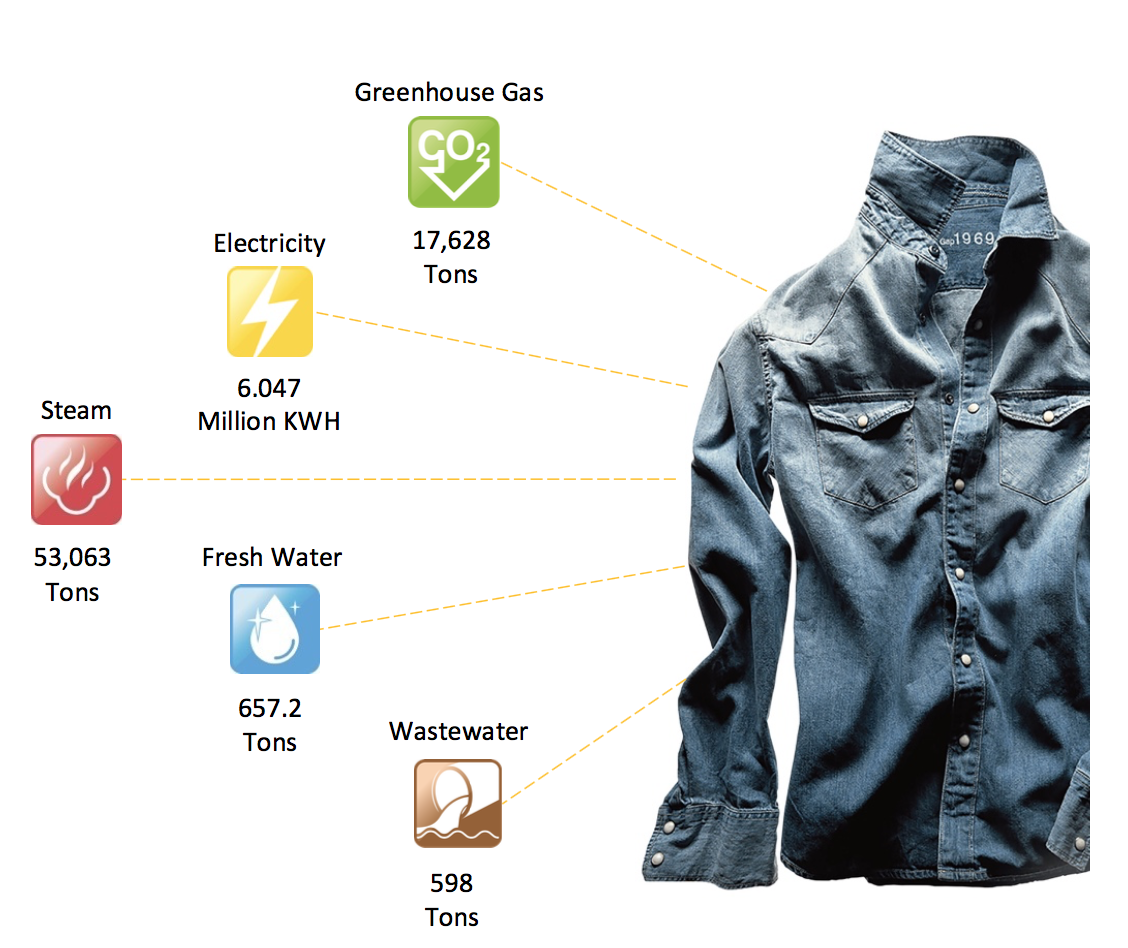Great products consider and integrate
sustainability during the design phase.
As one of the world’s largest apparel retailers,
Gap, Inc. recognizes that with its size comes a great responsibility towards
both the people who make Gap’s clothes and the planet we all share. At the same
time, Gap is aware that its global scale presents a greater opportunity to make
a difference. Because of this, Gap is committed to integrating sustainability
deeply into every aspect of its business, from materials sourcing and the
suppliers with whom Gap cooperates to the final product – the clothes we all
wear.
Since 2009, Gap has partnered with the Natural Resources Defense
Council (NDRC), joining the Clean by Design (CBD) initiative. Thanks to this
program, Gap has increased the environmental management capabilities of its
suppliers, reduced industrial process consumption of water and energy, and cut
the amount of discharged greenhouse gases, thus improving local environments.
Between 2013 and 2017, six of Gap’s Chinese printing and dyeing
enterprises actively participated in the CBD initiative, annually saving an
average total of 53,063 tons of steam, 657,219 tons of water and 6,046,900 kWh
of electricity, and cutting greenhouse gas emissions by 17,628 tons and
wastewater discharge by 598,020 tons respectively.

Among the six enterprises, one dyeing factory invited energy experts to conduct a comprehensive examination of its air compression system, which enabled it to resolve a compressed air piping leakage problem. Thanks to this intervention, the factory can save 45,000 kWh of electricity per year while maintaining its production demands.

Apart from participating in the Clean by Design initiative, Gap also
launched the China Mill
Efficiency Program in early 2017. As a result, Gap helped improve the energy
and water use efficiency of its printing and dyeing enterprises. Moreover, Gap
has spread its best practices to other printing and dyeing factories in its
supply chain.
In 2017, six printing and dyeing plants participating in the project
set a target to reduce total water consumption by 5% and total energy
consumption by 6%, compared to 2016. The enterprises participating in the
program are planning to implement 36 projects in 2017, of which 8 have already
been completed, so far saving 106,000 tons of water, 600 tons of steam and 1874
tons of coal.
(The above content was provided to IPE by the brand, who is responsible for the accuracy of the data.)